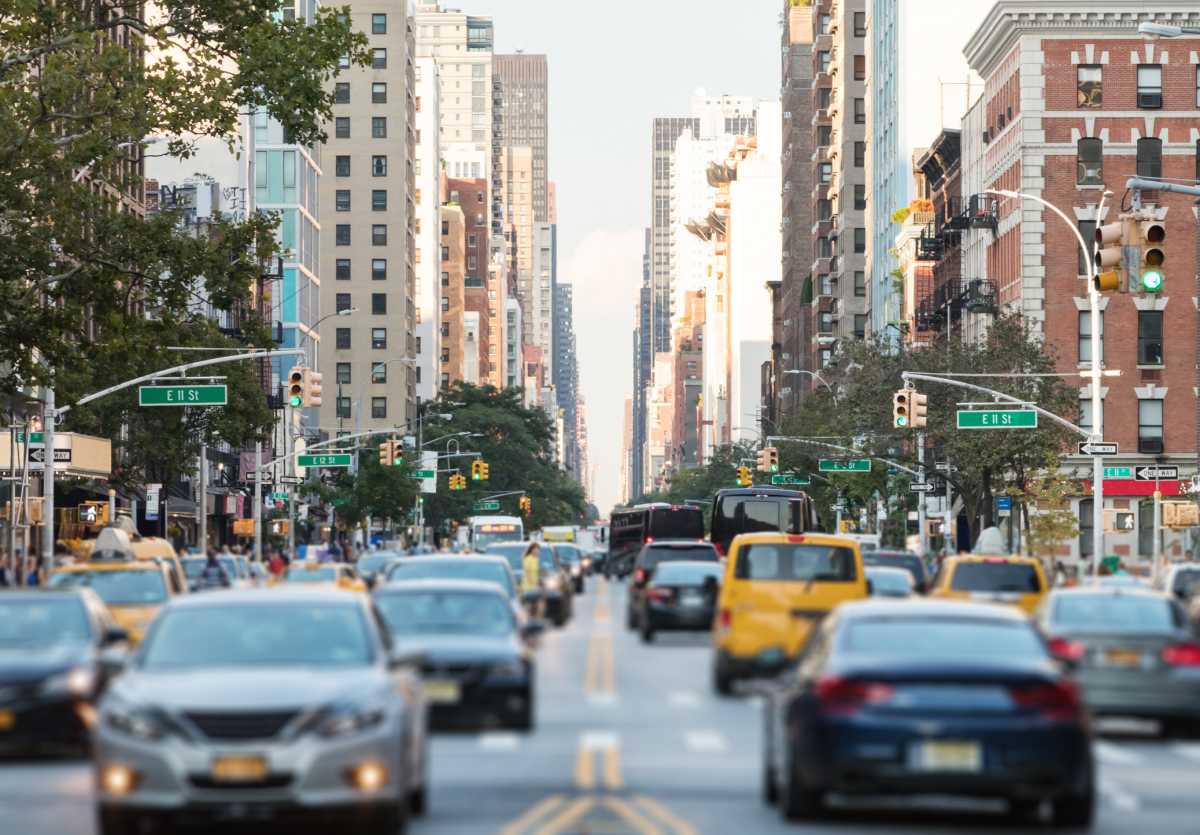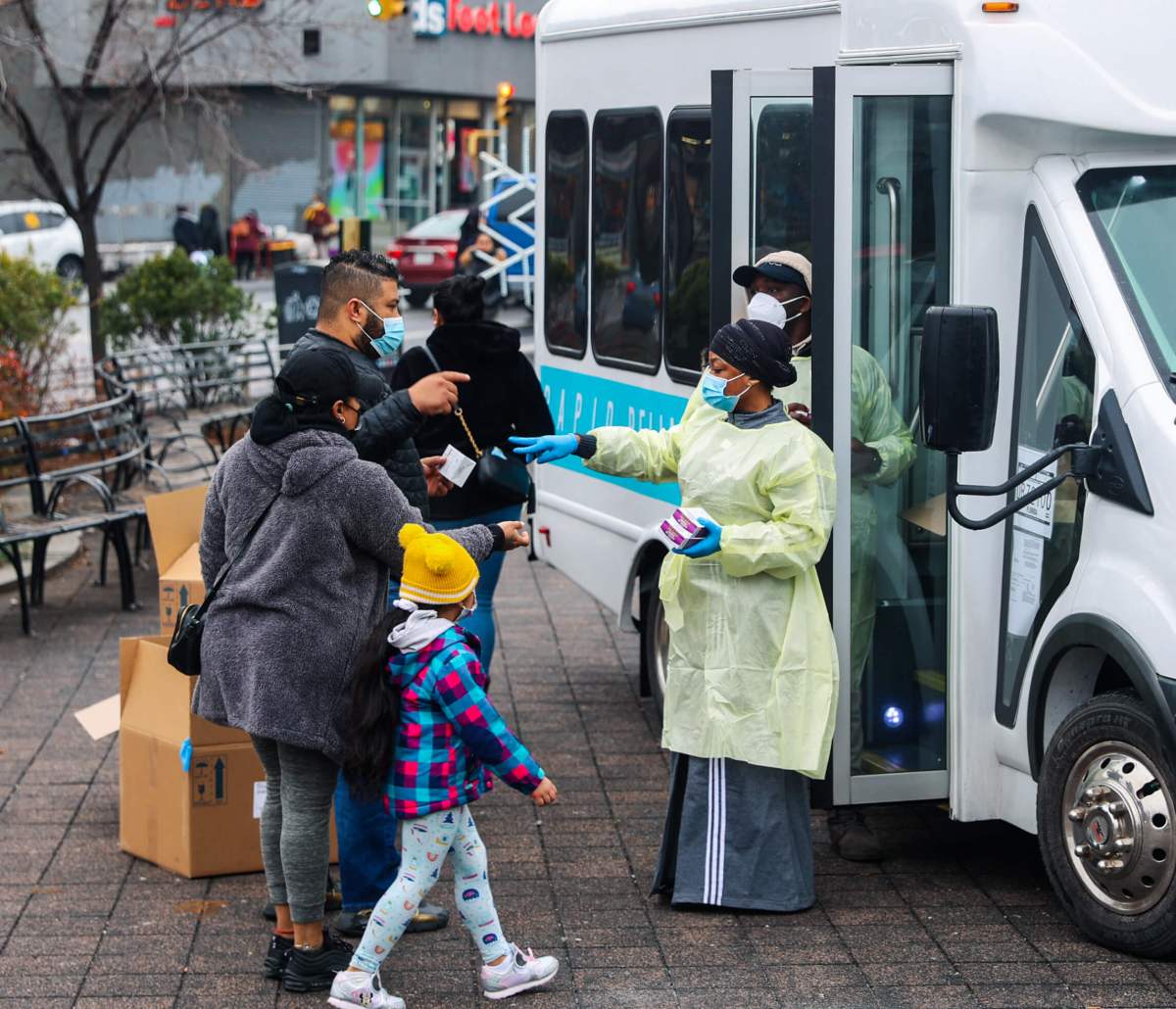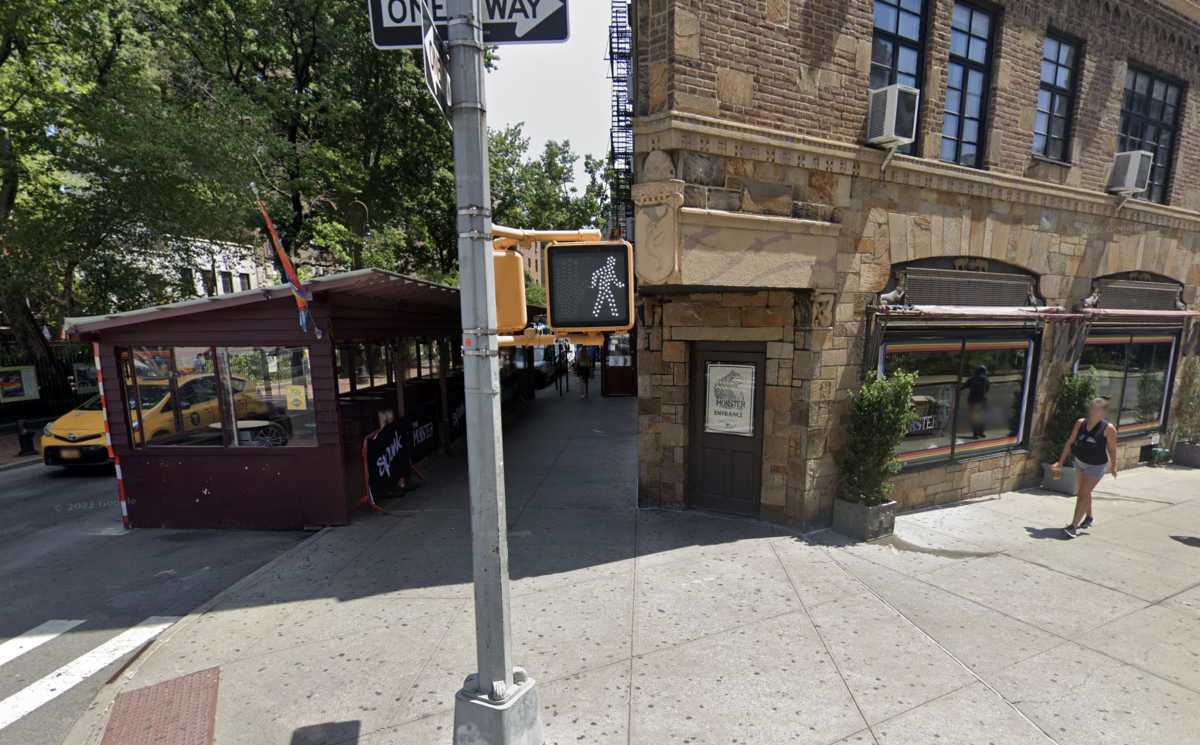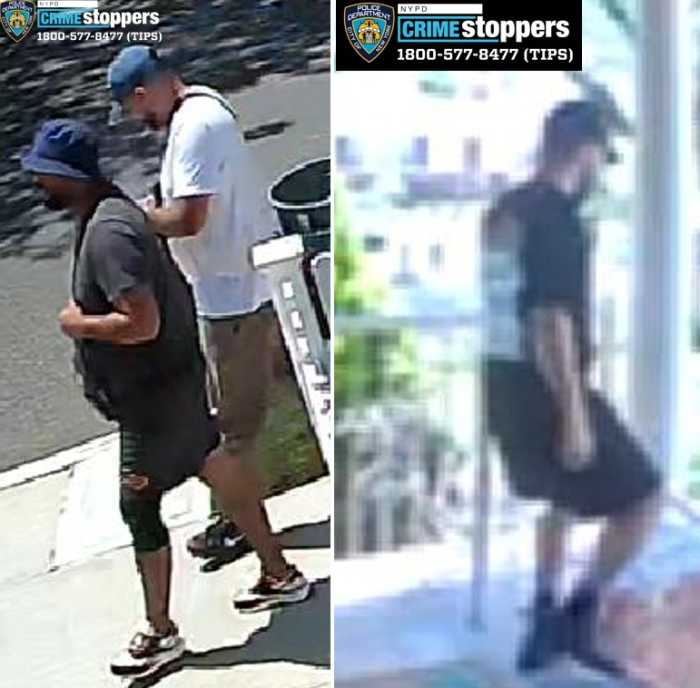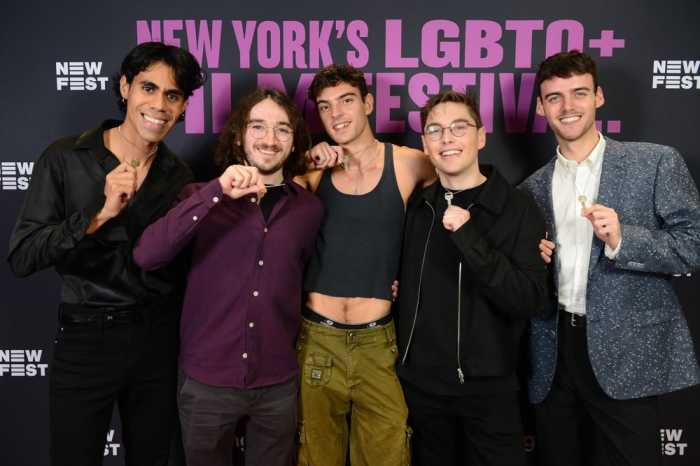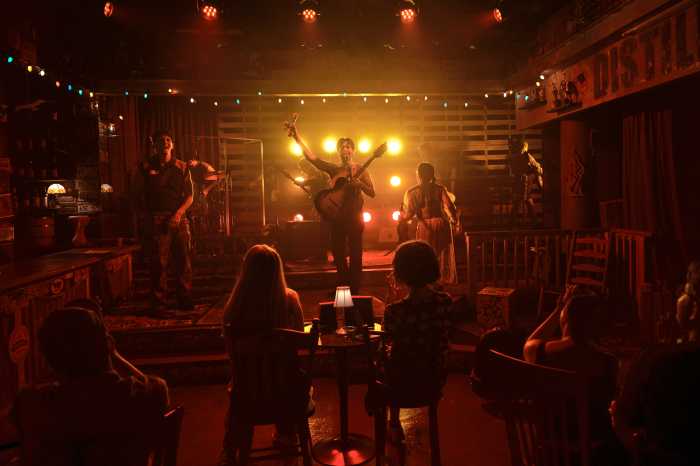A popular online marketplace for car purchasers issued the second part of a recent consumer report showing that residents of urban areas are shopping at a higher rate than before the COVID-19 pandemic, some citing mass transit as a factor in their thinking.
With outreach completed in April and again in June, CarGurus.com says that of 779 shoppers surveyed 22% had not considered doing so before the epidemic and 33% expect to use cars more often going forward. Up to 44% of shoppers nationwide said they planned to avoid mass transit entirely.
“The benchmarked CarGurus COVID-19 Sentiment Study showed us that while 2020 auto sales may be lagging, they are certainly not lost due to the pandemic,” Madison Gross, Director of Customer Insights at CarGurus, said. “The study also shows us that COVID-19 has caused vehicle ownership to become more vital to consumers’ everyday lives, often replacing other transportation methods such as ride-sharing or public transit.”
Even car shares are no exemption with 39% of respondents saying they hope to eliminate the use of Lyft and Uber under the same pandemic precautions, according to the report. Of those in the sample who live in urban and suburban areas, 51% and 40% of car shoppers respectively were looking to avoid public transportation.
The company’s April report showed that 79% of shoppers were delaying making a purchase at the time. This number has decreased to 68% which depict slow and cautious steps toward buying cars, but an increase none the less. Up to 722 shoppers were surveyed in the previous report.
How New York City will handle an influx of personal vehicles, however, has not been made clear by political leaders.
“The last thing our cities need is more traffic, especially dense congested cities like New York. We could be looking at catastrophic congestion if even a fraction of would-be transit riders start driving every day,” Transportation Alternatives spokesman Joe Cutrufo said. “In London and Paris, they’re doubling down on safe infrastructure for cycling to keep up with the demand for physically-distant transportation. We’re seeing a similar bike boom in New York, but unfortunately, our mayor hasn’t heard the urgent calls to accommodate it.”
Mayor Bill de Blasio says he has been mulling the possibility of imposing HOV lanes in the city to prevent cars from surging throughout the city’s already hemorrhaging streets since he was asked about it in a press conference last week, has not broached the subject since.
“To avert a smoggy, sweltering new normal, New Yorkers need leaders who put bus riders, pedestrians, and cyclists first on our streets,” Danny Pearlstein, policy director for the Riders Alliance, said. “Mayor de Blasio has to implement policies now that stop any trend toward more driving, which would make New York a less fair and livable city.”
Meanwhile, public transportation may not be a health threat it was considered to be early on in the pandemic which caused the MTA’s ridership to plummet over 90%.
Not because mass transit is not a vector, but because the MTA has been on a cleaning streak since May that shuts down the subways overnight between 1 a.m. and 5 a.m. for disinfecting and continues throughout the day on trains, buses and in stations. The MTA is also enforcing its own mask requirement to prevent passengers from entering the system without a personal prophylactic on their face.
New York State hand sanitizer dispensers are commonplace in the subways, even.
The MTA is currently losing up to $700 million per month, transit leaders say, and will need $3.9 billion in a second federal stimulus to move the system through the rest of 2021 without making landfall on a $10 billion deficit.



